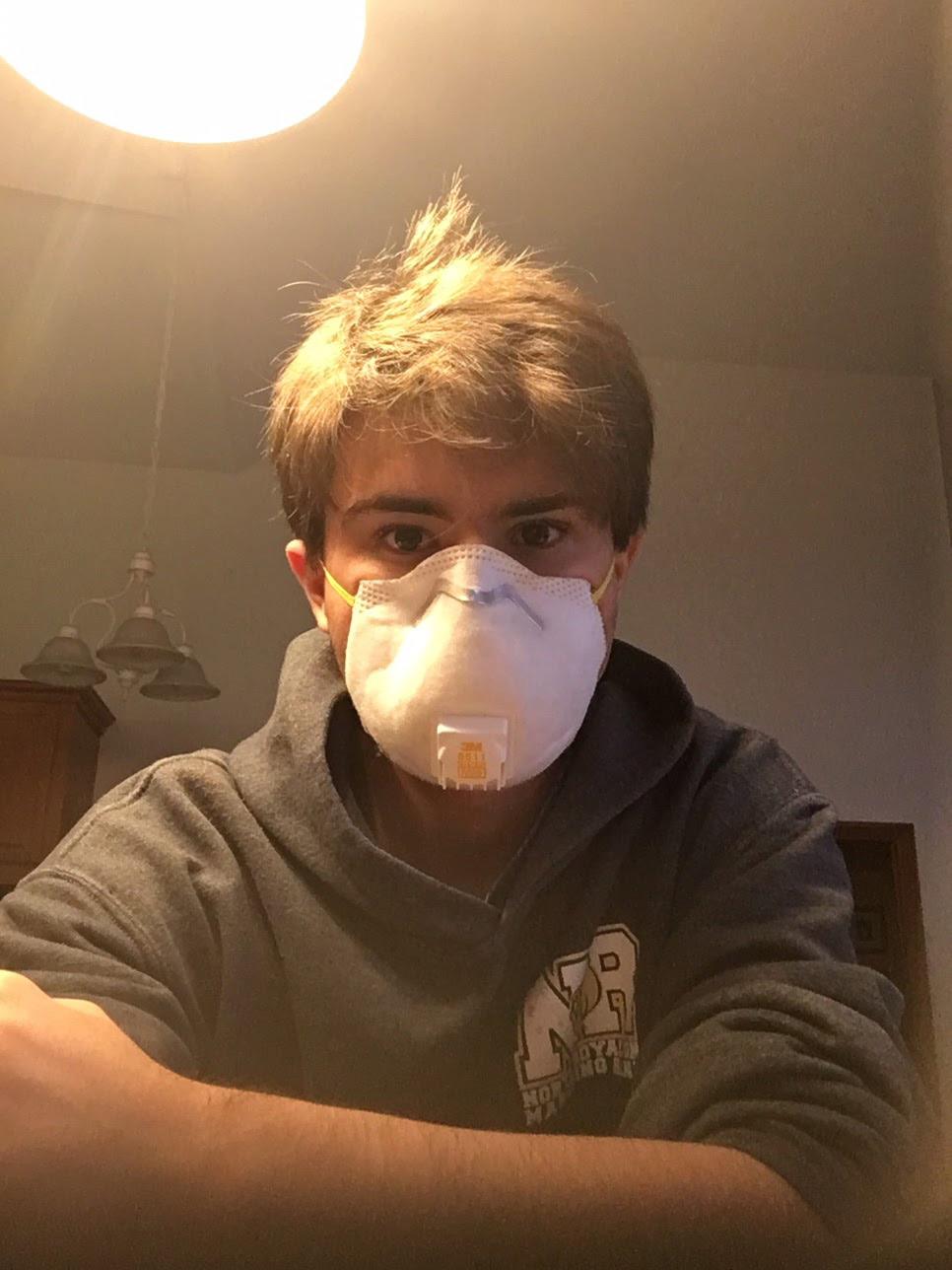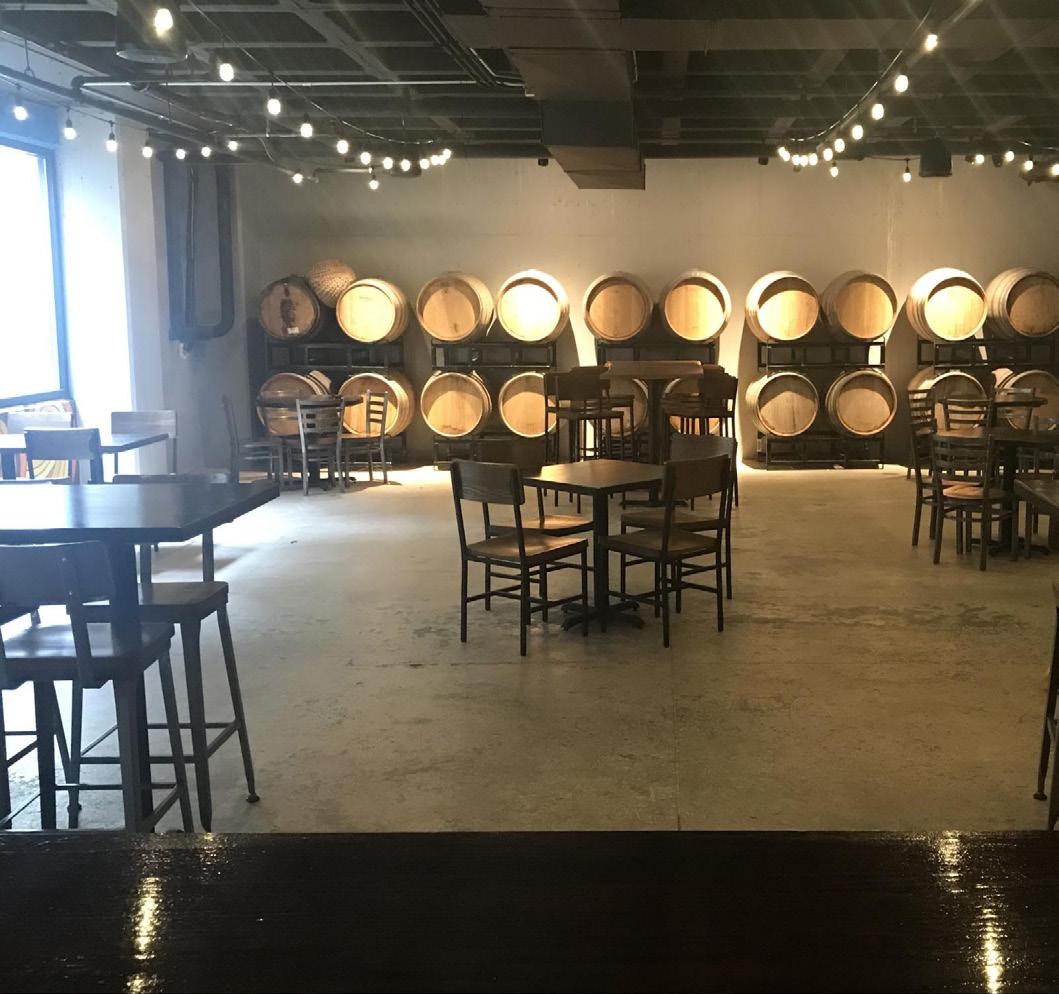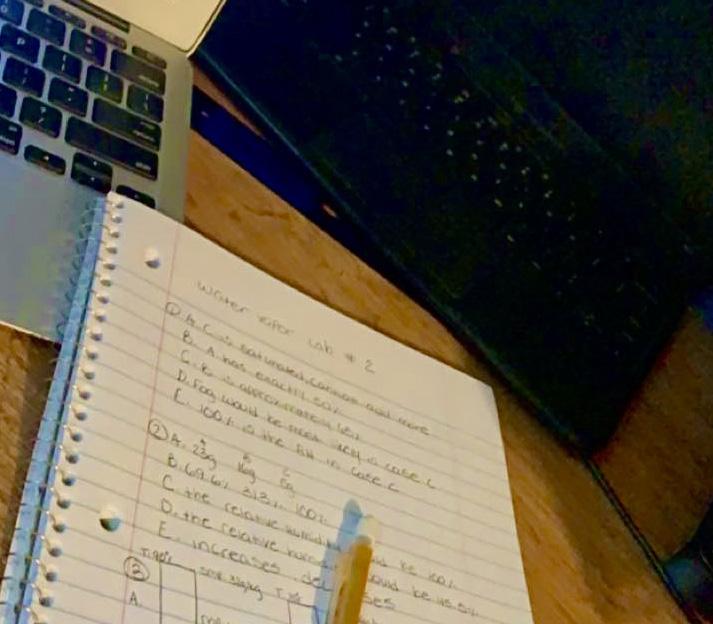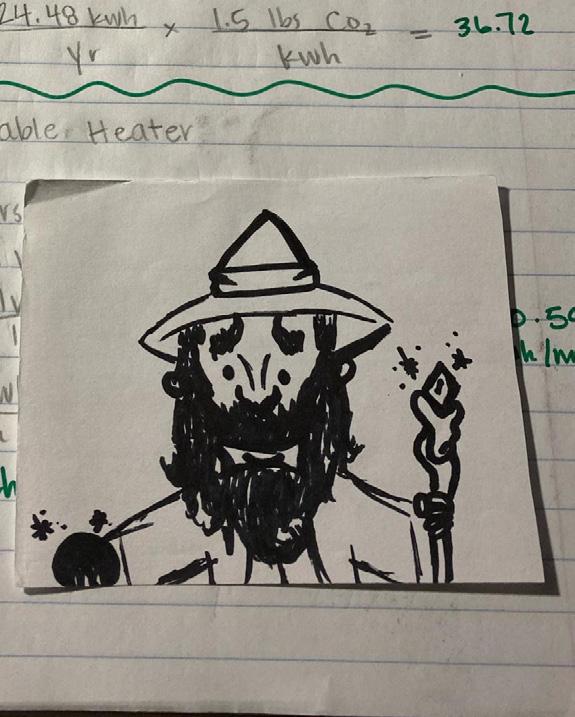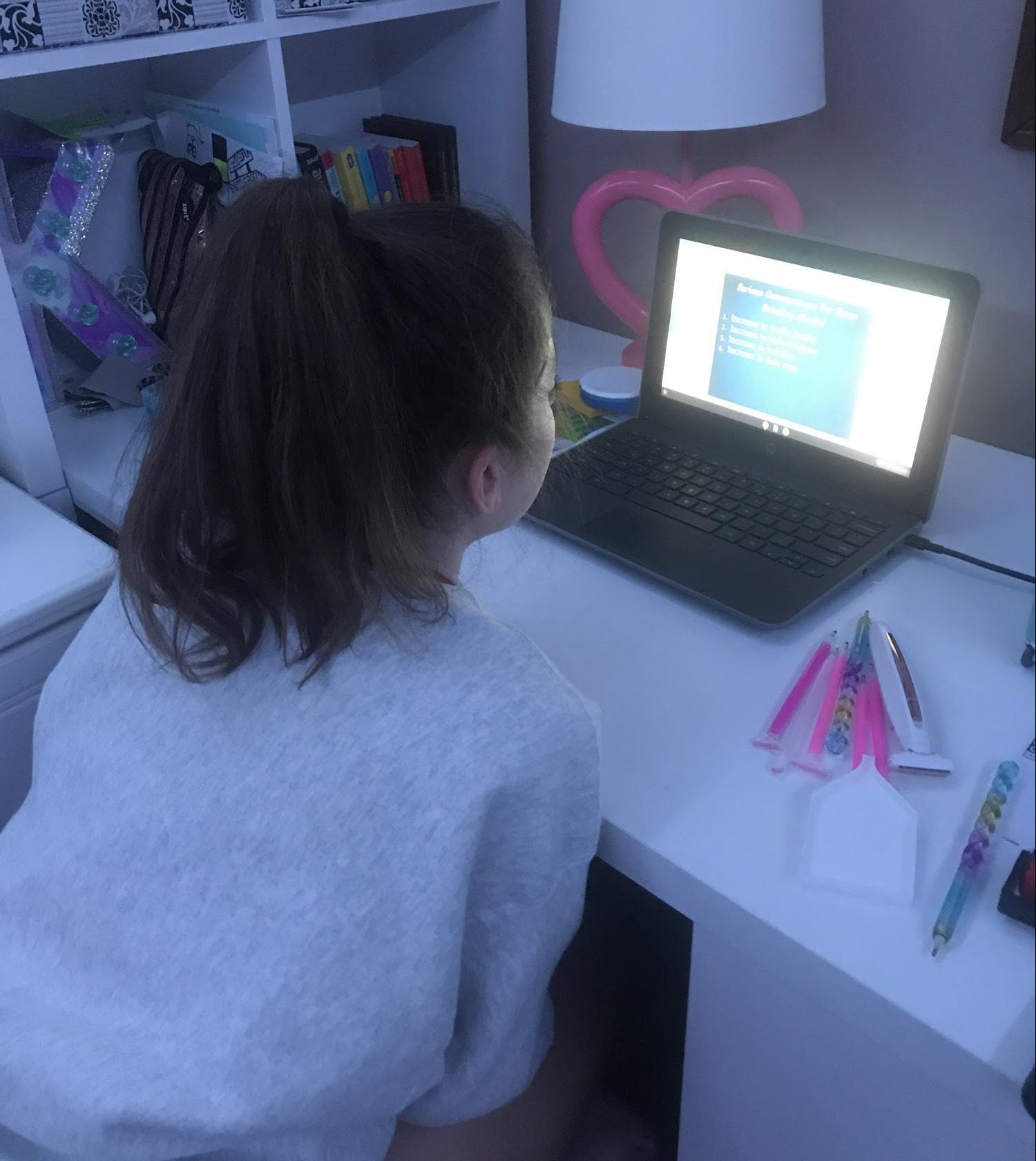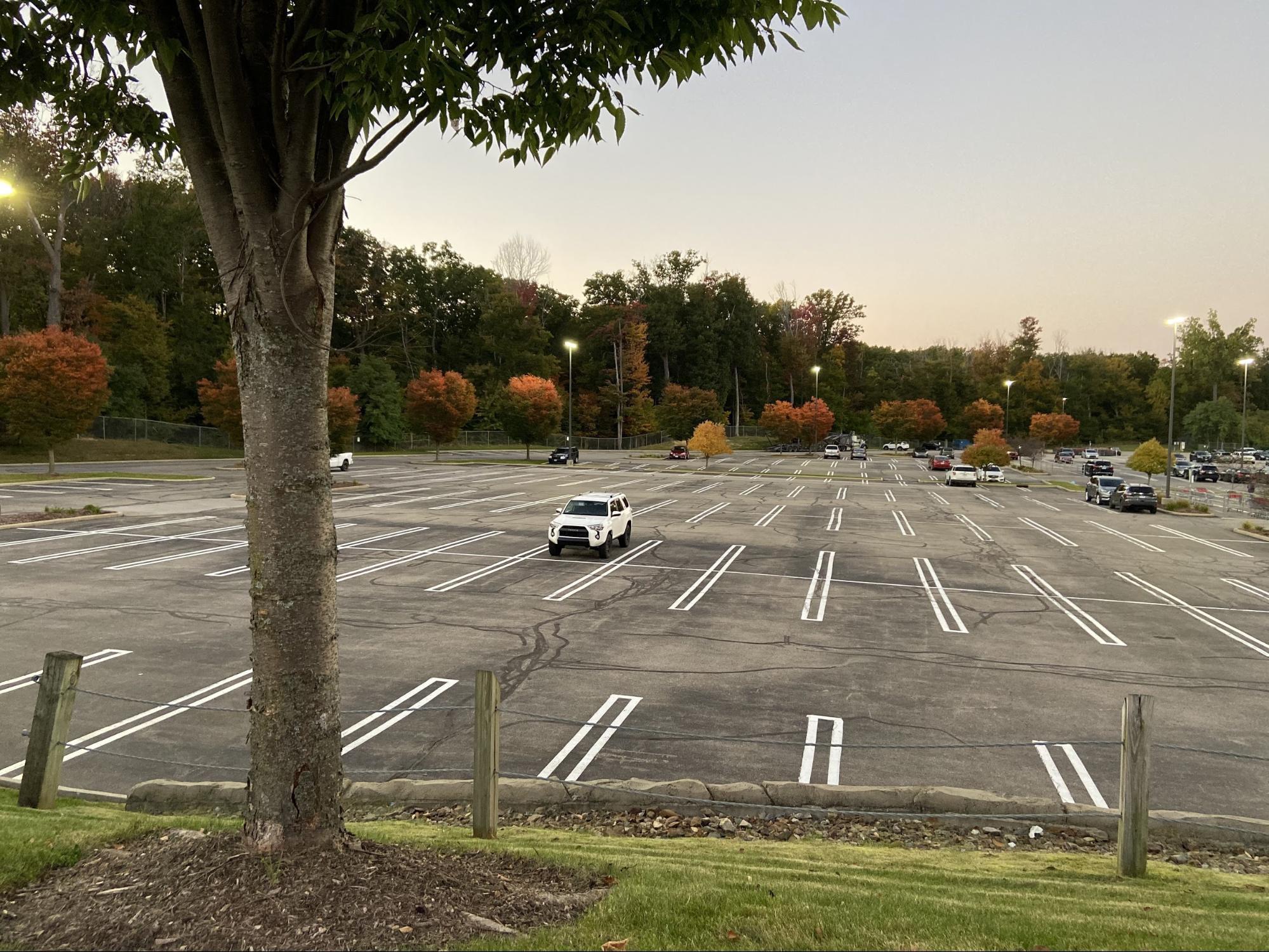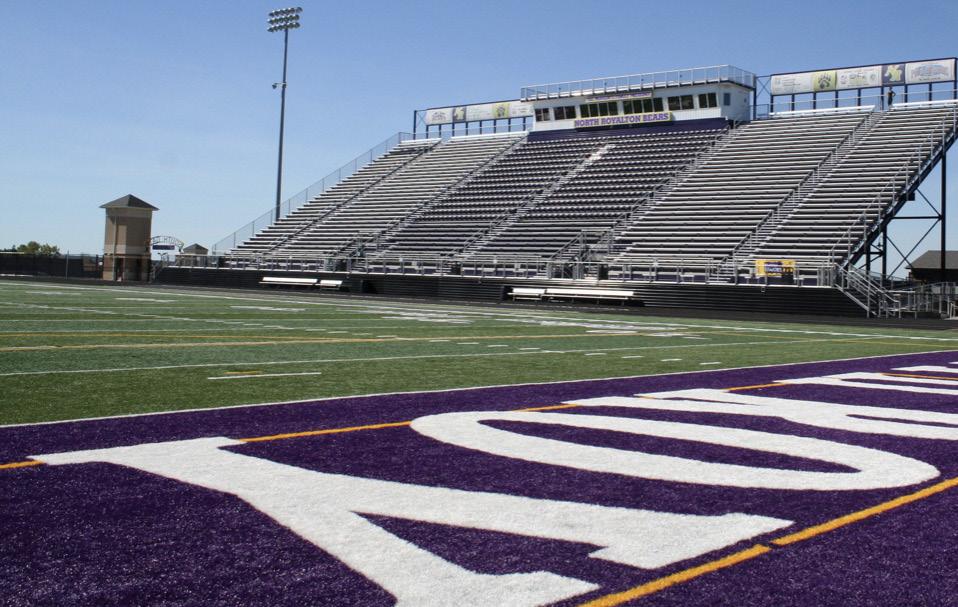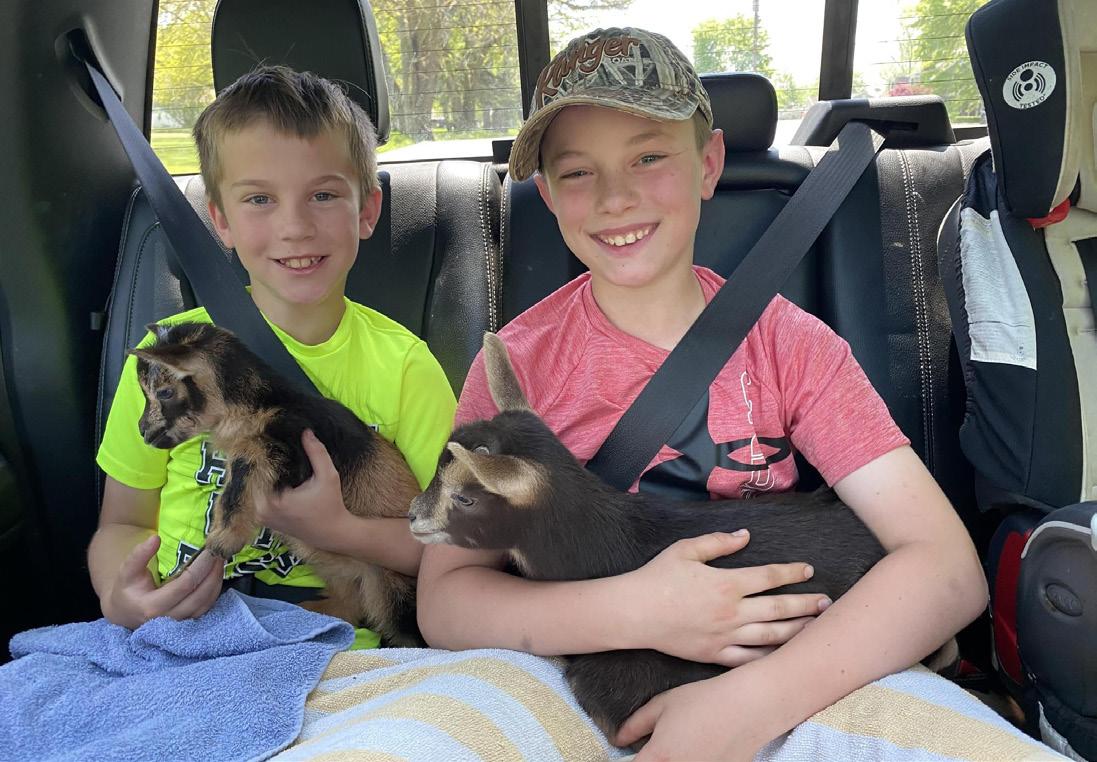
4 minute read
THE TALE OF TWO PANDEMICS
SOCIALLY DISTANT BY 100-YEARS: HOW ROYALTON REACTED TO THE PREVIOUS PANDEMIC BY JARET GOLD
North Royalton, in the middle of a worldwide pandemic. People get sick, and people die. While many follow health guidelines, such as wearing masks and avoiding public interaction, others do the complete opposite. There is anger at restrictions on freedom; the public is divided on how to respond. This is North Royalton, 2020. But the description is also North Royalton, 1918, in the grip of the Spanish Flu.
The North Royalton Historical Society keeps some of the best records of the city’s history. Yet, when it comes to the Spanish Flu pandemic, the usually reliable records are absent. But the lack of information actually reveals much about the condition of Royalton back in 1918.
“Back then, most people [in North Royalton] lived on farms,” Historical Society President Don Harris said. “As they were often two or three miles apart, there probably weren’t a lot of cases.” In the city center, however, that was a different story. Harris says the flu would have spread to Royalton via merchants traveling from Cleveland, which had tens of thousands of cases, and more than four thousand deaths by the end of the pandemic. The dense population put store owners and city dwellers most at risk for contracting the flu.
According to records from the Western Reserve Historical Society, Royalton had no de-
Cuyahoga County police officers were required to wear masks in 1918. This officer directs traffic while reminding passerbys to buy liberty bonds to support the troops in the ongoing World War One. (Reprinted with permission from the Cleveland Police Museum.)
cent hospitals in 1918, so people either had to treat their family members with home remedies or go to Cleveland for medical care, where the risk of infection was high. Records from Cleveland hospitals show that there was a 16 percent mortality rate among flu patients, which is much higher than the 2-3 percent for COVID. Unlike the current pandemic, the Spanish Flu disproportionately affected younger people, including children. According to the government website Influenza Archive, the restrictions on schools were more severe, with all the schools in Cuyahoga County, as well as Royalton, ordered to close for a year. Following the flu’s arrival in the Cleveland area, Royalton’s stores, saloons, and churches were all temporarily shut down at the order of Ohio Governor James Cox. While no one was happy about the closures, certain groups felt the impacts more than others. Farmers who relied on supplies from the stores suffered shortages and parents struggled with the school closings, as there was no way to conduct school from home at the time. Just like today, there were many who ignored the
NRHS student Dominic Notargiovanni (above) tries to practice health advice, such as wearing a mask outside the home. health guidelines. According to The History of North Royalton 1811-1991, when the North Royalton Christian Church closed (for the first time in its history), some members met in secret, leading to an outbreak of the flu. The same was true for saloon patrons, who gathered at neighbors’ houses to drink. Just like today, students also broke regulations. The county policy on school closings was a shutdown of the school once a certain percentage of students were absent. When thousands of kids didn’t show up, this led to the public schools in Cuyahoga County, including North Royalton, being shut down. According to the Influenza Archive, “As it turned out, the vast majority of the absent students were truants who, hearing that schools would be closed if absences were high enough, tried to force the issue by remaining away from school.” When the schools found out, they ordered classes to resume as usual. Ironically, however, there was a massive outbreak of the disease among students who went back to school, and the schools were forced to close, this time until the pandemic ended.
In 2020, there are currently more than 21,000 COVID-19 cases in Cuyahoga County and 686 deaths. This is shy of the 1,000 deaths in the county during the Spanish Flu. With the virus entering a third wave, the toll is expected to surpass the previous pandemic. And just like 1918, there have been reported cases in North Royalton schools.
High school student Dominic Notargiovanni shared his thoughts on what can be learned from the Spanish Flu. “From [the Spanish Flu], we know that our actions can lead to people’s deaths,” he said about students breaking social distancing rules, both then and now. “Attending large events is just irresponsible.” Although Dominic disapproves of the actions of some people, he thinks the school administration has been handling the pandemic far better than schools did 100 years ago. “Things are all right so far. They’ve done a good job trying to keep us safe, following the governor’s recommendations,” he said. “It’s our own actions that really determine our health.”
